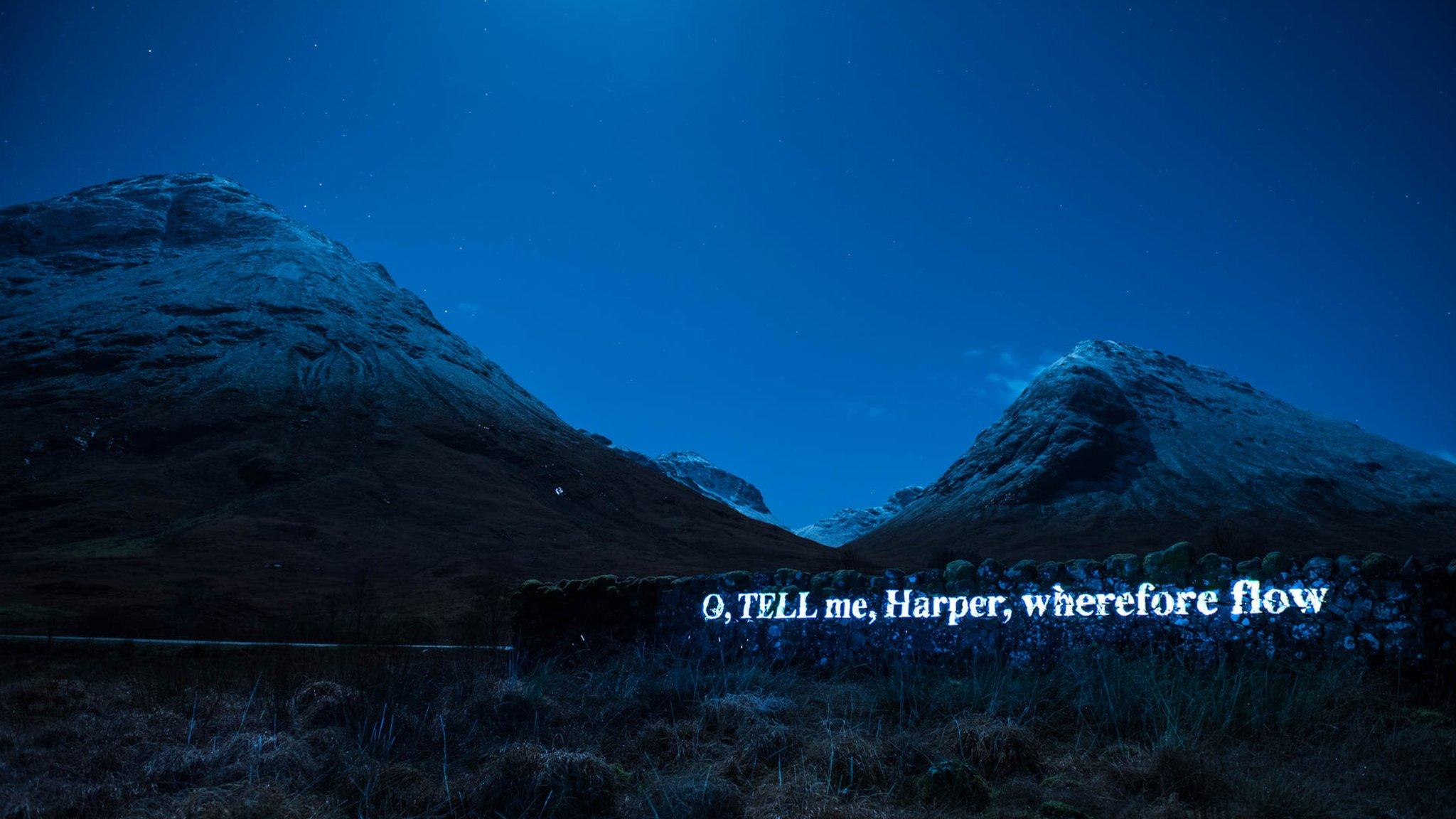The dig uncovering Glencoe's dark secrets
- Published
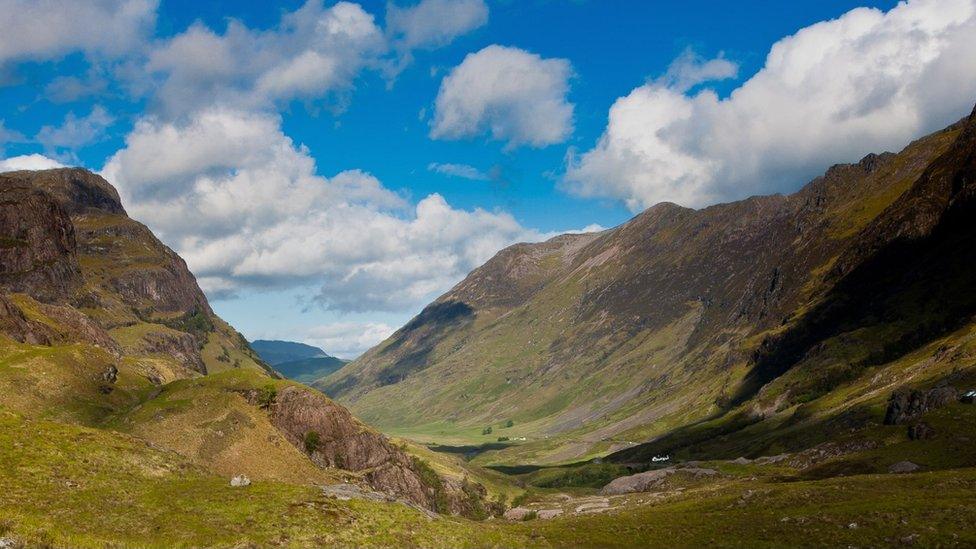
Archaeology and history enthusiasts are being encouraged to dig deep into the massacre of Glencoe.
The slaughter happened in February 1692, when troops billeted with Clan MacDonald of Glencoe turned on their hosts.
It was punishment for their clan chief having been late in pledging allegiance to the new monarchs William and Mary.
Dozens of MacDonalds died. Exactly how many is still disputed.
So is almost everything else surrounding it: the motivation, the machinations behind it, its lasting consequences.
Generations of Scottish children - MacDonald children especially - have been told the tale with its many variations.
Of how troops swept up the glen from the west, killing and burning.
But, perhaps surprisingly, down the intervening centuries there has been no large-scale attempt by archaeologists to uncover the physical evidence.
Now, the National Trust for Scotland (NTS) is taking the initiative.
The NTS head of archaeology Derek Alexander, his colleagues and volunteers, have begun excavating the remains of the abandoned clachan (settlement) of Achtriachtan.
In 1692 it was home to perhaps 40 to 50 men, women and children, their cattle and crops.
Now it is a few bumps of turf on the hillside.
Every year millions of cars speed past on the A82 below, most of their occupants unaware of their significance.
Achtriachtan was the clachan highest up the glen to the east.
The troops sent to block their escape were late coming over the Devil's Staircase.
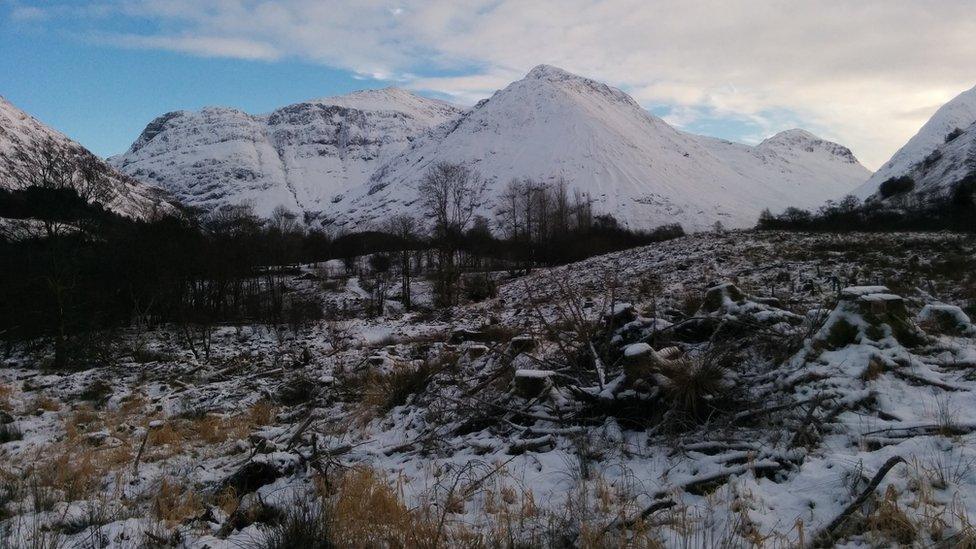
A warning was sent from the clachans lower down. This allowed many people to get away, but not all of them.
A contemporary account states one old man in his 80s was shot while trying to flee. He died down by the River Coe.
He may have been a bard. Achtriachtan had a reputation for producing verse makers and storytellers.
Now archaeology could be about to cut through myth and legend.
"It's the first time we've done any excavation work here," Derek says.
"We did a little work last year but this is a major open area excavation to recover the full plan of one of the houses that was here."
'Little settlement'
A survey has revealed that Achtriachtan was a small but not insignificant clachan.
"We've found three houses and maybe a couple of barns," he says.
"Each of them has a little enclosure, a kailyard or something at the back.
"We've also found a grain-drying kiln so it's quite a little settlement."
Now the first structure is giving up its secrets.
Home or barn? Probably a bit of both.
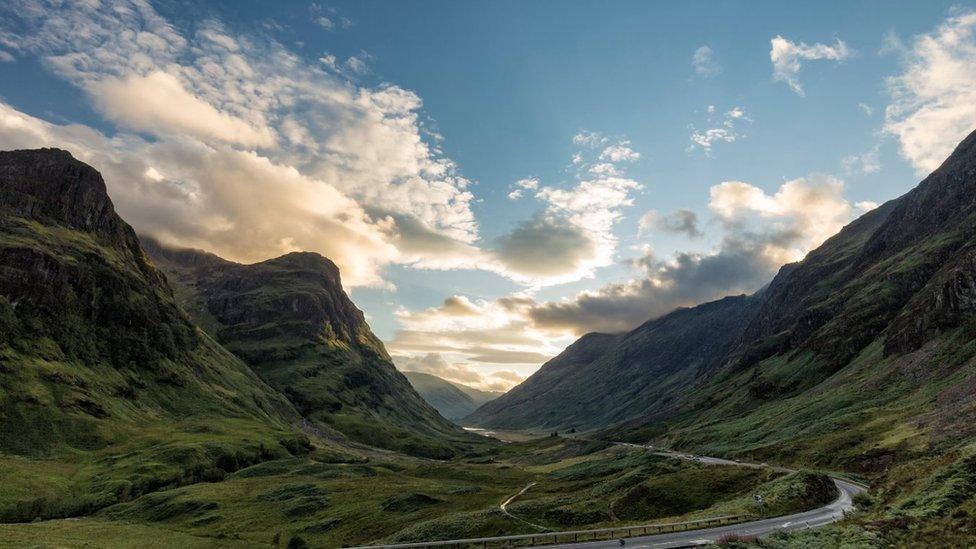
Cattle appear to have been kept at the western end with people living on the eastward side of a central hearth.
This was design, not chance. The western gable end would have put its shoulder into the wind coming up the glen.
The heat from the fire and the cattle would have been driven towards the home's human inhabitants.
The archaeologists have been helped by volunteers on a working holiday, part of the NTS Thistle Camp scheme.
Small white tags dot the trenches, showing where finds have already been made: shards of pottery, beads of glass a vibrant shade of blue.
What excites the diggers is the possibility of finding an artefact such as a coin that could be positively dated from the time of the massacre.
The fact that some of the finds appear to date from the 18th Century highlights something which has been lost from the popular story of the massacre: some MacDonalds came back.
Full-scale replica
Achtriachtan is shown as standing once again on maps from the 1750s, some 60 years after the massacre.
It remained a poor, hard life: a few cattle, crops of oats, barley and kale.
Then it was extinguished again during the Highland Clearances, as humans were expelled to make way for sheep.
Even if no physical evidence of the massacre is found, Derek says the research will still be worthwhile.
"A lot of it is just about giving people a picture of what the settlements were like at the time," he says.
"There's not a lot of tangible remains that people can interact with."
As the layout of the building is uncovered, a full plan will be drawn up.
He hopes that could lead to a full-scale replica being built at the NTS Glencoe visitor centre towards the foot of the glen.
"I think that would be a really good result," he says.
So Achtriachtan, lost for centuries, may rise again.
- Published12 February 2016
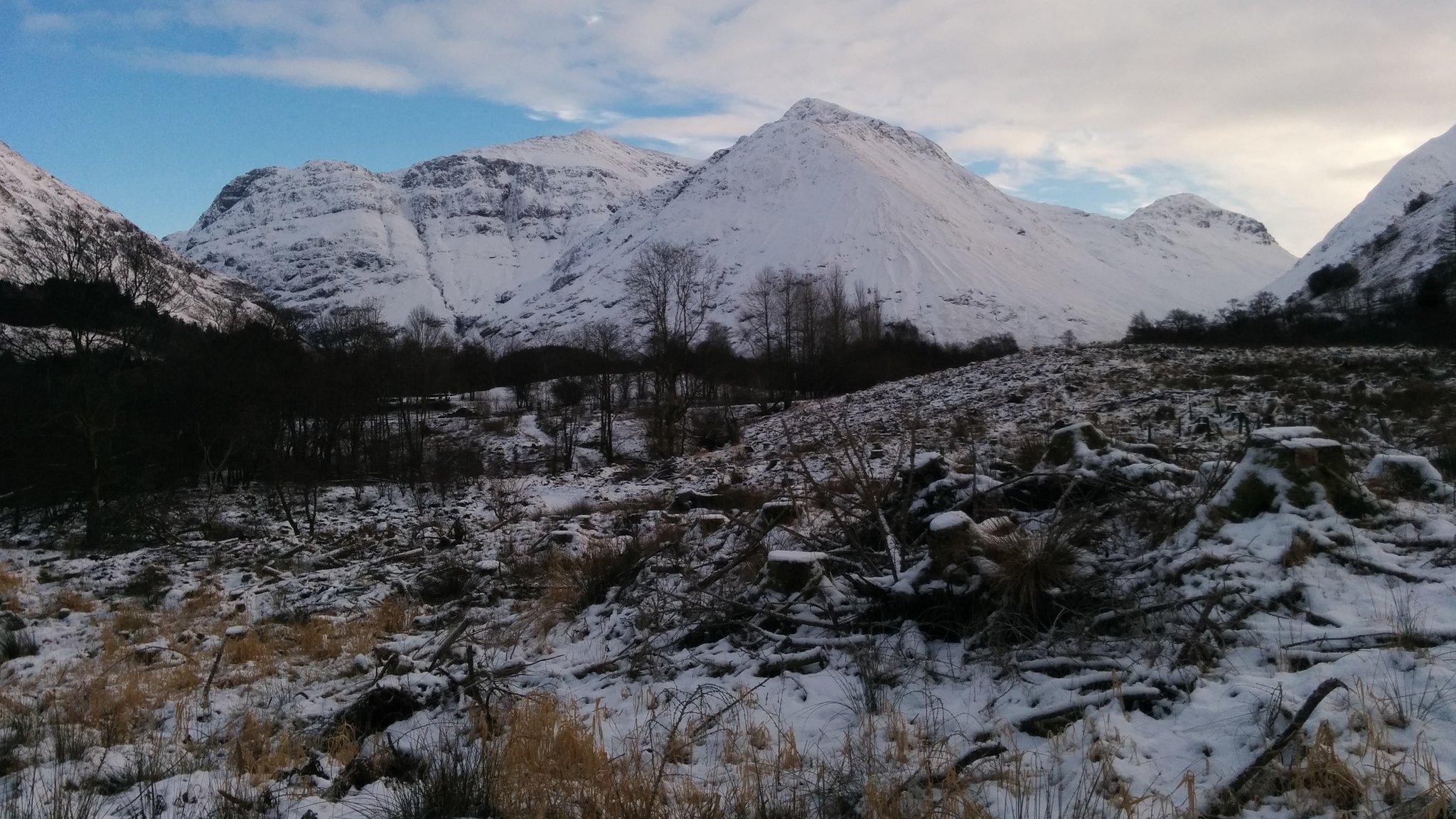
- Published5 February 2015
